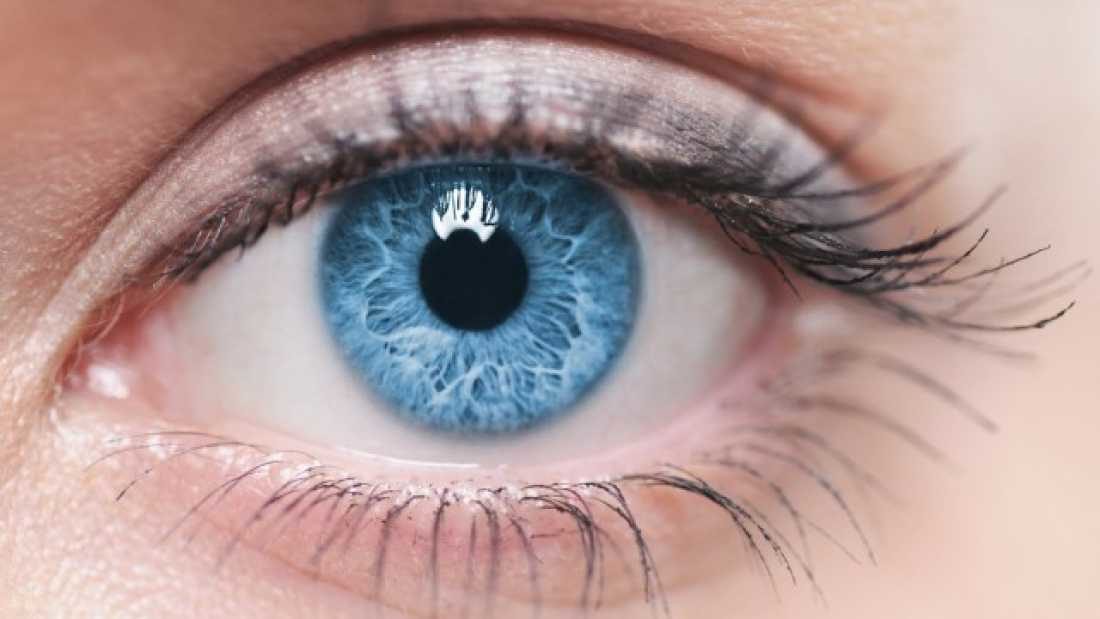A larger pupil size reflects both a higher fluid intelligence and a greater working memory capacity.
The pupils are the black part at the centre of the eye which dilate in response to changes in light.
Psychologists have found they also respond to brain activity: the faster our brains are working, the more the pupil widens.
The study's authors explain:
"Starting in the 1960s it became apparent to psychologists that the size of the pupil is related to more than just the amount of light entering the eyes.For the study, 40 people's baseline pupil size was measured - half were in the top quartile for intelligence, the other half in the bottom quartile.
Pupil size also reflects internal mental processes.
For instance, in a simple memory span task, pupil size precisely tracks changes in memory load, dilating with each new item held in memory and constricting as each item is subsequently recalled."
Baseline pupil size is measured when a person is sitting down, not doing too much.
The authors describe the results:
"...we have shown that large differences in baseline pupil size, even observable to the unaided eye, exist between high and low cognitive ability individuals engaged in a cognitively demanding task and cannot be explained by differences in mental effort."The study found that pupil size mostly reflects fluid intelligence, which is the ability to solve problems, apply logic and identify patterns.
It is contrasted with crystallised intelligence, which involves using skills, knowledge and experience.
The study was published in the journal Cognitive Psychology (Tsukahara et al., 2016).




Reader Comments
I would have thought research in this area should have been documented by now. The research work of Dr Arthur Janov at his Primal Institute is well worth exploring. There is quite a large research literature in this particular psychotherapy area by his research director, Dr Michael Holden.